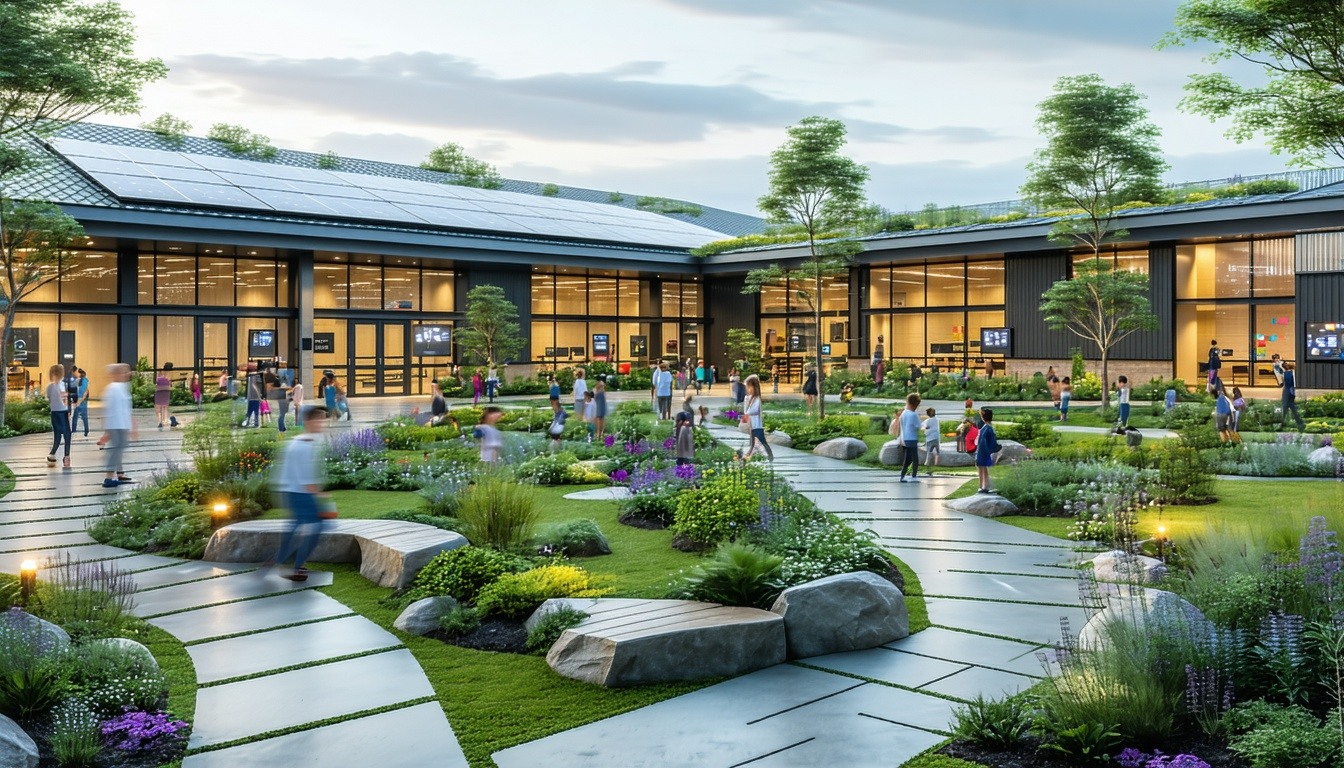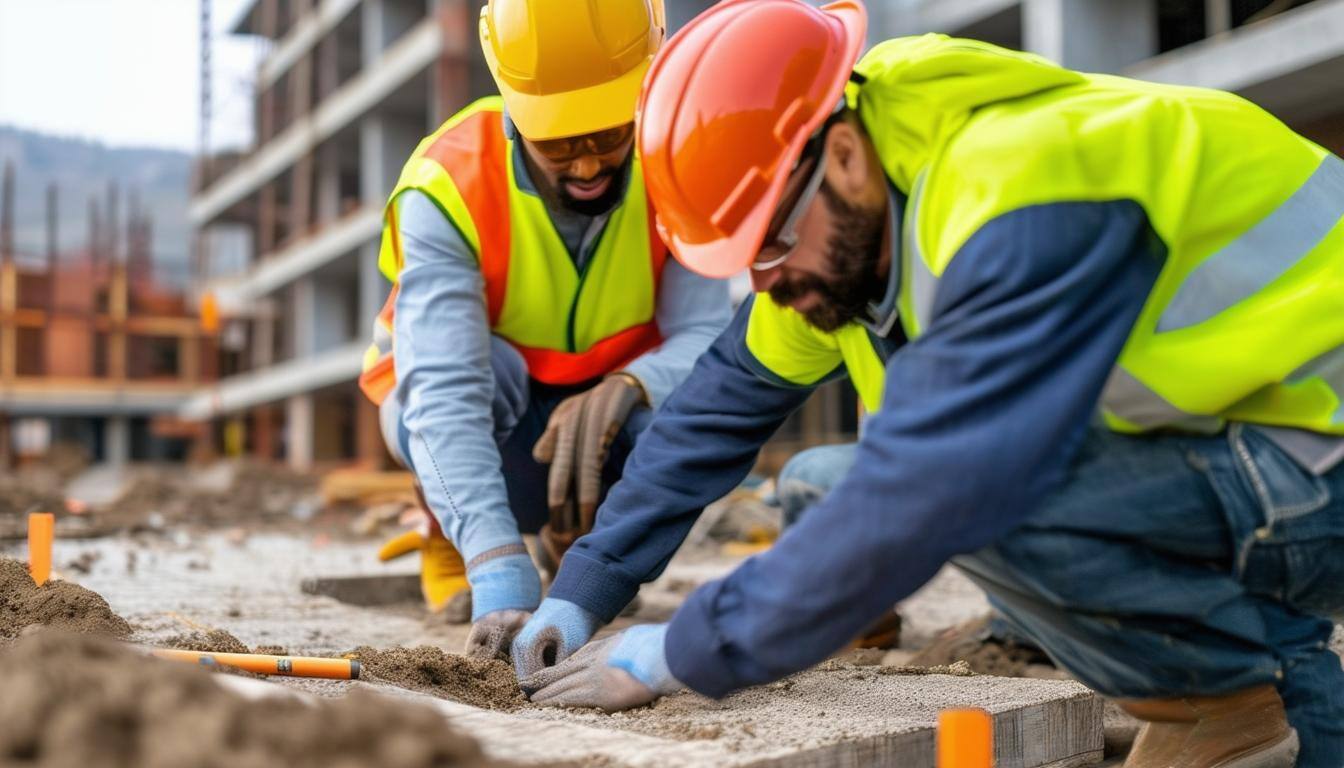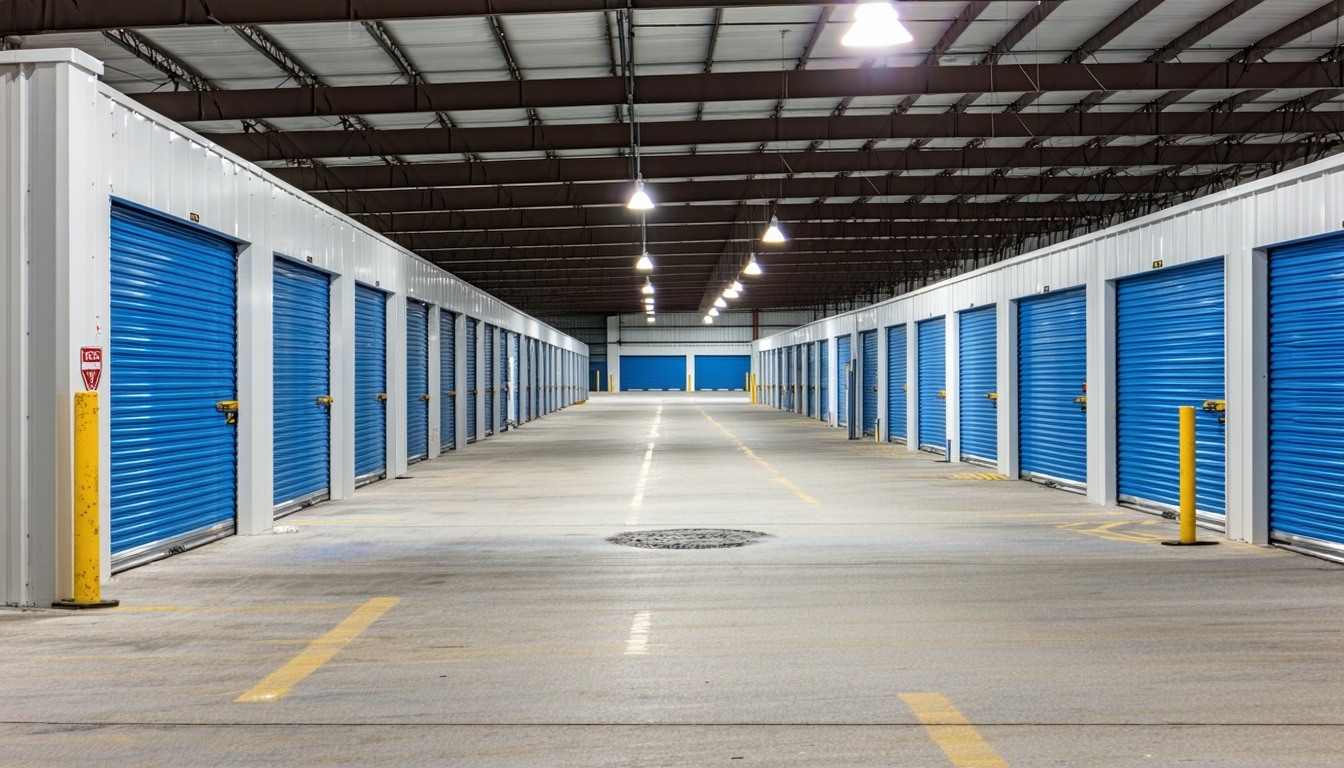1 min read
More Than a Celebration: Earth Month as a Catalyst for Sustainable Schools
Fiorilli Construction : Apr 21, 2025 4:48:13 PM

April brings more than just the change of seasons—it offers a timely opportunity to reflect on how educational facilities are planned, maintained, and improved. Earth Month brings sustainability to the forefront, encouraging institutions to align their construction goals with long-term environmental responsibility. As many schools prepare for summer renovations and upgrades, now is the ideal moment to consider how emerging trends in 2025 are reshaping the way we build smarter, greener learning environments.
Why Sustainability Is Leading School Facility Decisions in 2025
In 2025, sustainable construction has evolved from a value-add to a strategic priority in education. With tighter budgets, growing environmental awareness, and a clear focus on student well-being, schools are embracing eco-conscious solutions that benefit both people and the planet. Sustainable upgrades not only reduce operating costs—they also position schools to meet local and national green standards, access funding, and improve long-term performance.
5 Key Trends in Sustainable Educational Construction in 2025
Here are the most relevant sustainable construction trends shaping educational facilities this year:
1. High-Performance Building Envelopes
Schools are investing in more efficient roofing systems, windows, and insulation to better manage heating and cooling. Improved building envelopes reduce energy waste and create more consistent indoor environments—ideal for student focus and comfort.
2. Low-Carbon and Recycled Materials
From structural components to interior finishes, 2025 has seen a major shift toward materials that reduce embodied carbon. Recycled steel, reclaimed wood, and low-impact flooring options are becoming standard in green school design.
3. Smart Systems and Energy Monitoring
Technology now plays a major role in sustainable construction. Schools are integrating energy management systems, occupancy sensors, and smart lighting to track usage and optimize performance—all while reducing utility costs and maintenance needs.
4. Biophilic Design and Natural Elements
More learning environments are incorporating biophilic design—think natural lighting, views of green spaces, and indoor plants. This design trend not only supports sustainability but also enhances student mental health and concentration.
5. Water Efficiency and Resilient Site Planning
Sustainability in 2025 extends to water systems and site development. Schools are using drought-resistant landscaping, rain gardens, and low-flow fixtures to conserve resources and manage stormwater more effectively.
Why April Is the Time to Act
April offers the perfect window for schools to align upcoming summer projects with these trends. It’s a critical planning month where timelines are flexible, funding is being finalized, and facility teams can make intentional decisions about materials, systems, and construction methods.
By staying ahead of sustainability trends now, school leaders position themselves to maximize energy savings, improve building performance, and create healthier, future-ready campuses.

On-Site Heroes: Career Spotlight for Construction Workers in the Field
In the construction industry, the heart of every project beats strongest on the job site. While planning and design are crucial, it’s the dedicated...

1 min read
Key Safety Measures for Preventing Falls on Construction Sites
Safety is indeed the foundation of any successful construction project, and ensuring workers' well-being is a legal requirement but more than that, a...


